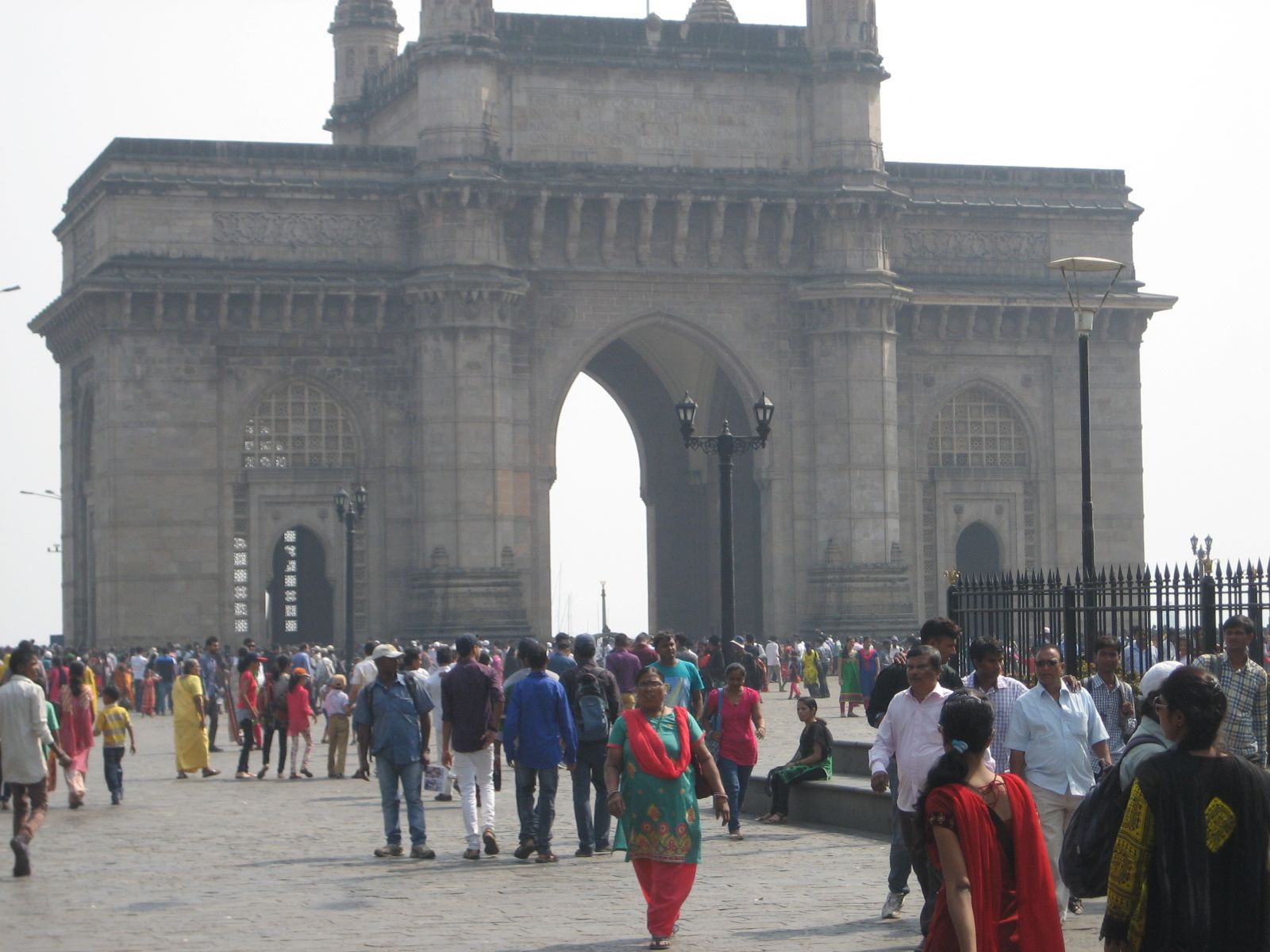The Chairman of the WCoMC Wine Club goes to Mumbai....
One of my teenage jobs was to work in a wine store and I remember the types of wine that were being shipped from South Africa in those days; without going into too much detail, they weren’t very nice! Now of course South Africa is producing some very good wines. The same story could be told of other wine-producing regions, where quality has been improved through the introduction of new wine-making techniques and standards.
So could the same be true of India?
I last tasted wines in India some 10 years ago and, as the recently elected Chairman of the Company’s Wine Club, while recently visiting Mumbai I thought I would try some Indian wines to see if the quality had since improved.

One of the big producers in India is Sula and their vineyards are some 120 miles outside Mumbai; we were offered the opportunity to go there but I thought it rather a long way to travel within what was only a short visit to Mumbai. We were staying at the Four Seasons Hotel so I asked if they could do anything. Of course, they said, we’ll fix a session with our sommelier.
And so it was on a Wednesday morning in early November that Mr Harish Acharekar and I sat down with a variety of wines produced mainly by Sula, and a couple of others, to see what I made of Indian wines.
Well, they have improved a lot since my first visit 10 years ago. We started with a sparkling white wine called Chandon. There is no coincidence in the name: the wine is a product of a local venture by Moet Hennessy. And it is a worthy name; my tasting notes say that it is as good as anything that you might ordinarily get in London. The grapes used are Chardonnay, Pinot Noir and (unlike Champagne) Chenin Blanc.
We moved onto the Sula Chenin Blanc 2013. We’d come across this wine at a number of restaurants we’d been to elsewhere in India, and enjoyed it with Indian food. We were typical; Harish told me visitors to India like to pair Indian wine with Indian food.
The other white wine we tasted was the Sula Riesling 2013. I suspect the world is divided into those who like Riesling and those who don’t, with little middle ground. For me there is always a slightly petrol-like nose which puts me in the don’t-like camp, and this wine didn’t change my view. But for those who want a more robust taste than you get from the Chenin Blanc this would be a good complement to spicy food.
The remaining tastings were of red wines of increasing quality. Mumbai tasting profiles......
On the whole the Indian wines taste a little young – but that’s perhaps because all the wines I tasted were! The next wine was the Sula Merlot/Malbec which is a 2014 wine. Like the other red wines it was at the slightly higher end of alcohol at 13% and the remaining reds were all 13.5% - 14% alcohol. (I wonder if this is a feature of the hotter weather – South African wines seem also to be slightly high in alcohol as a rule.) With slight oakiness from oak chips, this wine is a good complement to tandoori food. By contrast, the next red, Sula Dindori Shiraz, is aged in new oak and is the flagship for the estate, and goes well with grilled meat and hard cheese.
The following Sula Cabernet Shiraz has a lot of tannin in the aftertaste, but interestingly the tasting notes suggest that this is a wine that can be drunk on its own.
The prices of the wine at the Four Seasons for diners are much the same – around £30 per bottle – but this is the result of a pricing policy rather than cost plus; the wish is to encourage visitors to try the Indian wines and the price level is roughly the same as you would pay there for a European wine. So the next wine – the Sula Rasa 2012 –cost twice as much as the previous wines but retailed at much the same price. And I could tell that this was a favourite of Harish’s by the gleam in his eye as he introduced it. Sula’s tasting notes declare this to be “the finest red wine to be produced from the estate vineyards of Sula”. Again a Cabernet Shiraz combination, it has 14% alcohol; for me some caramel and vegetal nose.
The final wine was from a different grower – Myra – and we tasted the Cabernet Sauvignon Reserve. A gorgeous ruby with a complex nose; my notes say it is an admirable companion to strongly spiced food.
I have to confess that when it comes to tasting wines, I can manage the headlines of a tasting and perhaps the opening paragraph, but subtleties of detail lie beyond me. Harish was a knowledgeable and entertaining guide. No surprise then that when I met him he had just won his state sommelier championships and was about to compete in the national ones. I’ve since learned he was the first runner up in these!
And full marks to the Four Seasons; they’re accustomed to putting on wine tastings for groups, but I was really charmed that they put this tasting on for an itinerant visitor from England.
Father of the Livery, Calvert Markham





